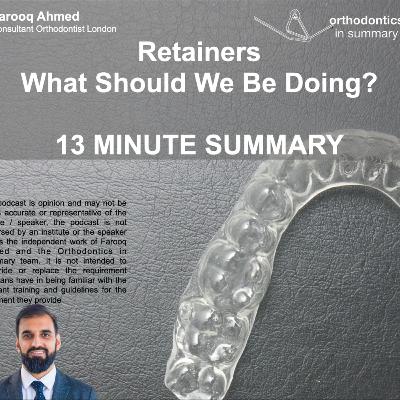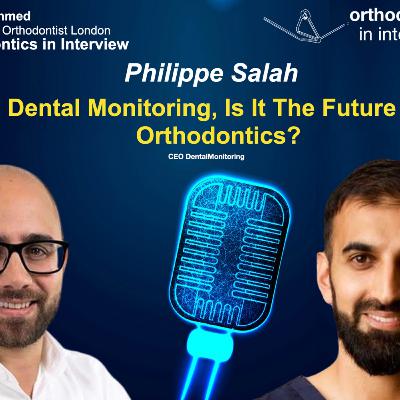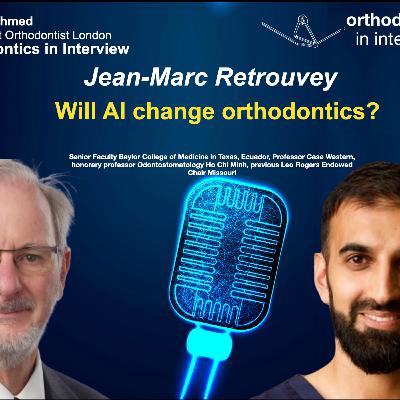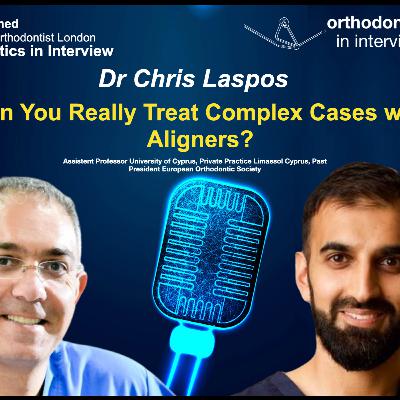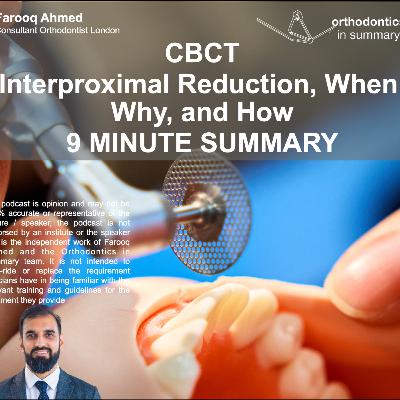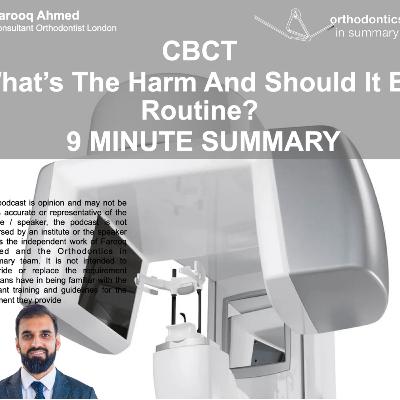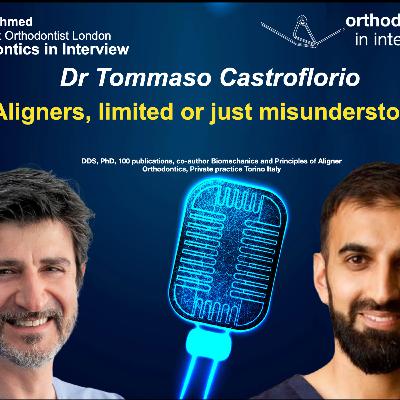Summary of webinar. Open Bite, are we treating the right causes. Power2Reason. Flavia Artese. Brazil
Update: 2020-07-07
Description
Dr Flavia Artese describes one of the main causes of anterior open bites, tongue position, and the use of tongue cribs and spurs.
Conclusion:
Use of palatal cribs and tongue spurs are effective at managing AOBs, where the aetiology is anterior tongue position. however stability is related to resting tongue position long term.
Aetiology
Anterior tongue position at rest, not in swallowing, as low intensity and duration.
What is normal tongue posture?
The tongue should be behind the upper incisors, in both a AP and vertical plane.
Treatment for anterior tongue position involves changing the AP and vertical position
Correct tongue position: Proffit equilibrium theory, form follows function of resting tissues.
4 vertical tongue positions:
High:
Protrude upper incisors
Horizonal tongue ideal vertical but anterior
Procline upper and lower incisors
Low tongue
Not maintain transverse palate = constriction
Proclined lower incisors
Very low tongue
Severe AOB
Lowers retroclined and 2 occlusal planes
2 treatment types based on altering posture of tongue, both retract the anterior tongue (considered myofunctional appliances)
1. Cribs (LOWER TONGUE and AP RETRACT):
a. Upper arch appliance with loops
b. Type of tongue position correction: high and horizontal
2. Spurs (RAISE TONGUE and AP RETRACT):
a. Lower arch appliance with spikes
Changes in tongue position with cribs / spurs
· Less AP movement of the tongue (AP retraction),
· Raises tongue (for spurs) Schwestka 1995
· Reflex arc - Contact = pain = retract tongue AP
Does it hurt?
· VAS 0-10 = very low = 0-2 Pts had spurs upper and lower
Protocol
1. High or horizontal tongue position:
· Use fixed palatal cribs, used through mixed dentition
2. Low or very low tongue:
· RPE (tongue raises following RPE Ozbek 2009)
· Spurs lower arch, used through mixed dentition
Stability protocol:
· 2 stage approach – assess in interval between myofunctional appliance and fixed appliances
Retention protocol:
Stable
· Bonded retainers
Unstable
· Bonded retainers + spurs lower arch
Treatment stability relapse
· 25% orthodontics only Greenlee
· 18% orthodontics and surgical treatment Greenlee
· 0-17% Myofunctional Huang 1990
Quality of Life
· OHR QOL AOB management with palatal cribs correction = positive change more than 10 points: Pithon 2019
References
Stability of AOB treatment, surgical Vs non-surgical
Greenlee, G.M., Huang, G.J., Chen, S.S.H., Chen, J., Koepsell, T. and Hujoel, P., 2011. Stability of treatment for anterior open-bite malocclusion: a meta-analysis. American journal of orthodontics and dentofacial orthopedics, 139(2), pp.154-169.
Diagnosis and treatment Dr Artese paper
Artese, A., Drummond, S., Nascimento, J. and Artese, F., 2011. Criteria for diagnosing and treating anterior open bite with stability. Dental Press J Orthod, 16(3), pp.136-61
Conclusion:
Use of palatal cribs and tongue spurs are effective at managing AOBs, where the aetiology is anterior tongue position. however stability is related to resting tongue position long term.
Aetiology
Anterior tongue position at rest, not in swallowing, as low intensity and duration.
What is normal tongue posture?
The tongue should be behind the upper incisors, in both a AP and vertical plane.
Treatment for anterior tongue position involves changing the AP and vertical position
Correct tongue position: Proffit equilibrium theory, form follows function of resting tissues.
4 vertical tongue positions:
High:
Protrude upper incisors
Horizonal tongue ideal vertical but anterior
Procline upper and lower incisors
Low tongue
Not maintain transverse palate = constriction
Proclined lower incisors
Very low tongue
Severe AOB
Lowers retroclined and 2 occlusal planes
2 treatment types based on altering posture of tongue, both retract the anterior tongue (considered myofunctional appliances)
1. Cribs (LOWER TONGUE and AP RETRACT):
a. Upper arch appliance with loops
b. Type of tongue position correction: high and horizontal
2. Spurs (RAISE TONGUE and AP RETRACT):
a. Lower arch appliance with spikes
Changes in tongue position with cribs / spurs
· Less AP movement of the tongue (AP retraction),
· Raises tongue (for spurs) Schwestka 1995
· Reflex arc - Contact = pain = retract tongue AP
Does it hurt?
· VAS 0-10 = very low = 0-2 Pts had spurs upper and lower
Protocol
1. High or horizontal tongue position:
· Use fixed palatal cribs, used through mixed dentition
2. Low or very low tongue:
· RPE (tongue raises following RPE Ozbek 2009)
· Spurs lower arch, used through mixed dentition
Stability protocol:
· 2 stage approach – assess in interval between myofunctional appliance and fixed appliances
Retention protocol:
Stable
· Bonded retainers
Unstable
· Bonded retainers + spurs lower arch
Treatment stability relapse
· 25% orthodontics only Greenlee
· 18% orthodontics and surgical treatment Greenlee
· 0-17% Myofunctional Huang 1990
Quality of Life
· OHR QOL AOB management with palatal cribs correction = positive change more than 10 points: Pithon 2019
References
Stability of AOB treatment, surgical Vs non-surgical
Greenlee, G.M., Huang, G.J., Chen, S.S.H., Chen, J., Koepsell, T. and Hujoel, P., 2011. Stability of treatment for anterior open-bite malocclusion: a meta-analysis. American journal of orthodontics and dentofacial orthopedics, 139(2), pp.154-169.
Diagnosis and treatment Dr Artese paper
Artese, A., Drummond, S., Nascimento, J. and Artese, F., 2011. Criteria for diagnosing and treating anterior open bite with stability. Dental Press J Orthod, 16(3), pp.136-61
Comments
In Channel



